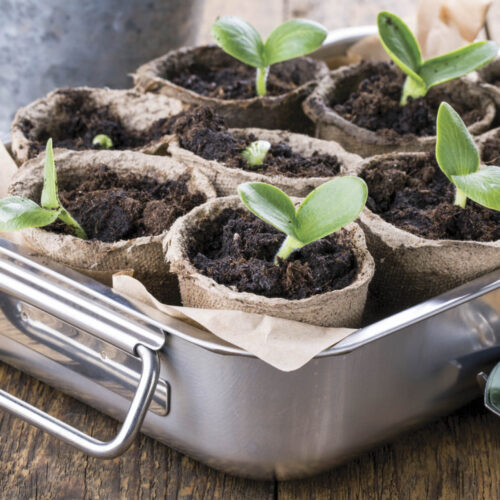Improve your soil, help the planet
2020-07-29T01:45:53+10:00
Gardeners have a crucial job to do, storing carbon in their soils. It will help with your harvest, as well as helping stave off the worst effects of the climate crisis.
Ploughing or turning over the soil is a recipe for turning soil into dirt. For decades we have been encouraged to dig soils over each year, to obtain a fine ‘tilth’, but modern research has shown this actually destroys soil. ‘Dirt poor’ is a phrase for a reason.
So how do we change our gardening practices to improve soil and sequester carbon?
The first major step of the recipe for dark chocolate soil is going no-till (or no-dig). Many worry the soil will become compacted, making it difficult for plants to put down roots. There’s a transition phase, where the soil carbon still isn’t high, the biological life is low and yes, the soil will tend to compact. But don’t reach for the spade! Try a broadfork instead Or just any fork if that is all you have.
The tines slot into the soil and, with the use of your own body weight, it is carefully levered up and then resettled without being inverted. Broadforks are specially designed for this with large tines and ease of use. Forking in this way doesn’t break up your soil structure or kill soil life, but it does reduce compaction.
I also use a small drill-powered auger to make holes the same size as the seedlings we are planting out and with minimal soil disturbance.
The only time we turn over soil is when breaking new ground. Sometimes ground will need to be dug to remove stones, or break up clay and add gypsum. Or you may need to dig soil for a raised bed. But if you use the six steps described here, these soils will gradually be regenerated over the years.
One of the additional outcomes of going no-till or no-dig is a reduction in weeds. Weed seeds germinate in the top inch of soil. If you’re not disturbing it, you’re not bringing them to the surface to germinate.

Other stories on our website about keeping our soil healthy:
For more gardening tips and ideas get the latest issue of ABC Organic Gardener Magazine here.






